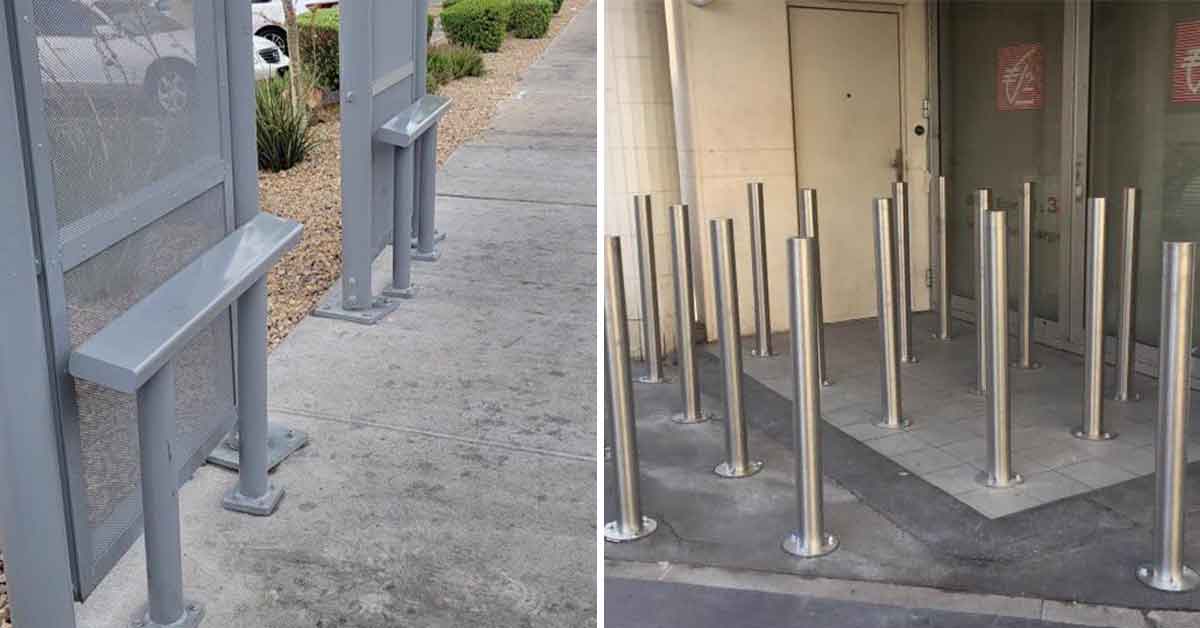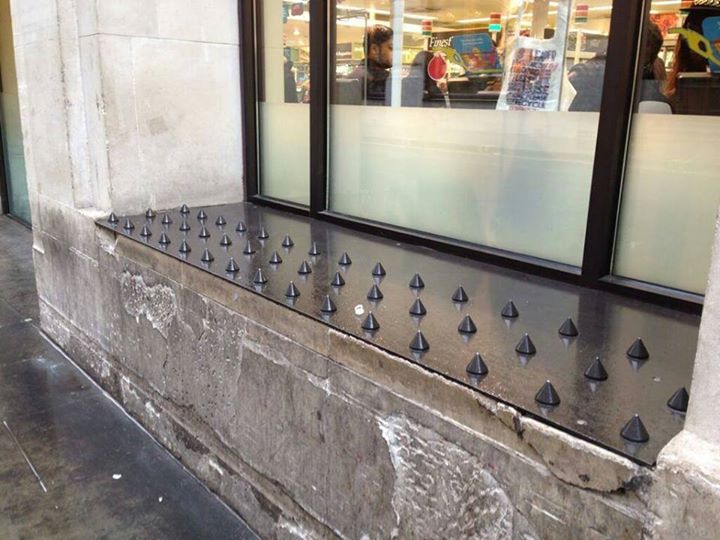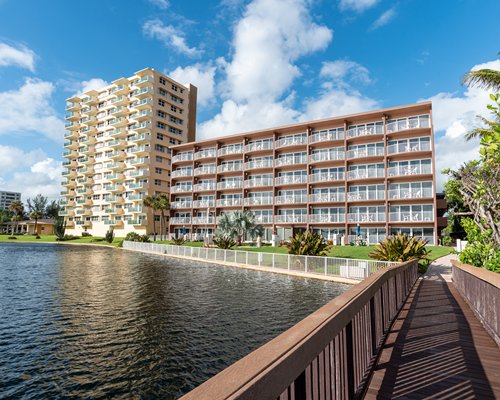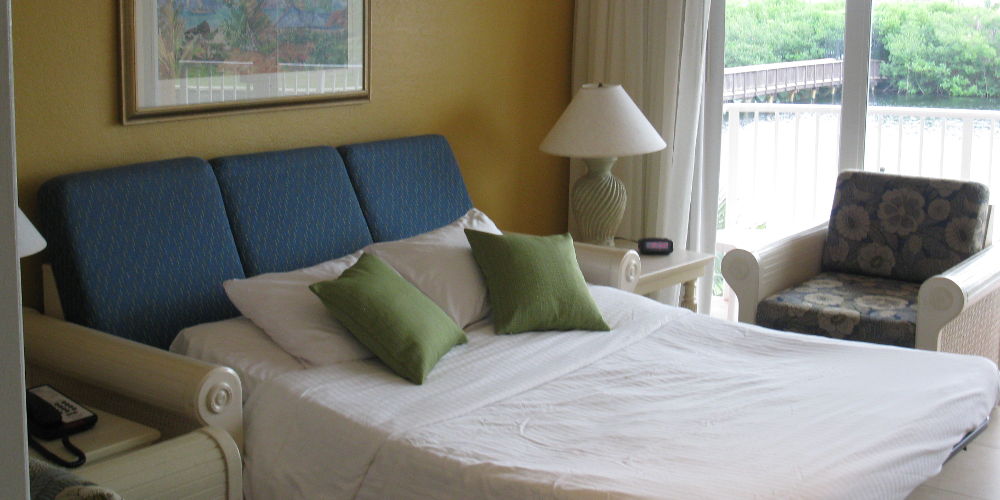Table Of Content
- Law that ended single-family zoning is struck down for five Southern California cities
- Latest articles
- Sculpting Spaces: The Role of Materials in Shaping Environments
- Opinion: Americans might finally get a real privacy law to fight Big Tech intrusions
- Clear encampment or face suspension, Columbia University tells Israel-Hamas war protesters
- Design Hotels is an unrivalled global community for design, architecture, and original hospitality experiences.

IDEAS is the place you'll find essays, analysis and opinion on every aspect of life and public affairs in Hawaii. We want to showcase smart ideas about the future of Hawaii, from the state's sharpest thinkers, to stretch our collective thinking about a problem or an issue. Honolulu Civil Beat is a nonprofit organization, and your donation helps us produce local reporting that serves all of Hawaii. Uncomfortable, off-putting features are incorporated into private and public structures more and more to discourage other behaviors such as urinating in public, skateboarding and graffiti.
Law that ended single-family zoning is struck down for five Southern California cities
Grants Pass is a city of about 39,000 with a homeless population of about 600 and only enough shelter beds for 100; just one of the many American cities — especially in the West — that has been grappling with the issue of homelessness for years. It is time for the city to test these metal seats on their employees and visitors, from the mayor on down. I suggest that every chair in Honolulu Hale and the Municpal Building be replaced, starting with those that are appurtenant to desks, with these seats. First stop, mayor's and councilmembers offices plus council chambers and committee meeting room. If nothing else, they might get the Department of Planning and Permitting staff to get off their okole and do the work they are paid for.
Latest articles
Walking through Over-the-Rhine and Downtown Cincinnati, I was able to capture several forms of hostile design. Listen, I don’t think homeless encampments should be allowed to displace children from parks, as happened during the pandemic, nor that tents should be allowed to proliferate on beaches and city sidewalks, blocking rights of way and spilling detritus into the streets. Cities obviously must have the right to regulate the use of public spaces.
Hostile Architecture: The Design of a Heartless Society - The Signal - The Signal
Hostile Architecture: The Design of a Heartless Society - The Signal.
Posted: Fri, 13 Oct 2023 07:00:00 GMT [source]
Sculpting Spaces: The Role of Materials in Shaping Environments
Check our urbanist events calendar to see everything happening this month, including events hosted by partner organizations. On the side of Below Zero Lounge, there is a security camera and a mosquito box. Every time you walk by it announces “Warning, you are being videotaped” and gives off a high pitch noise.
The website says its goal is to raise awareness about hostile design, get people to openly decry it and encourage urban planners to create more rather than less welcoming public space for everyone. In Honolulu’s Chinatown, exclusionary design is evident in the fenced off doorways designed to deter homeless people from using the private doorsteps as urinals or sleeping areas. Demographers estimate that between 1959 and 2042 the world population will have grown from 3 billion to an estimated 9 billion. We can also assume that a majority of the population will be living in cities. According to the World Bank, since 2007, more than 50% of the world’s population lives in cities.
Clear encampment or face suspension, Columbia University tells Israel-Hamas war protesters
In addition, other forms of lighting are also sometimes used in the hostile design. Pink lighting has recently appeared to decrease teenage loitering because it highlights skin blemishes, and blue lights have been used in Tokyo and Glasgow to lower crime rates due to their calming effect. Hostile design also called defensive architecture, is a form of architectural design whose features and elements attempt to influence human behaviour in a public or shared space. Hostile design can be used as a deterrent for unwanted public behaviour, but it also acts as a political statement for many, and debate continues on its place in society.

We should consider what it means to be a community and to be inclusive. Does preventing people from sitting at all give the message that people are “blight” and should not be here? Let’s be honest with ourselves – this isn’t about preventing crime, this is about our collective denial and our inability to find solutions to hard problems. Next week, I hope to write about the Impaction Ordinance, which I believe is the policy version of hostile design. In the meantime, if you want to see some of this for yourself, schedule a walking tour with the Homeless Coalition.
The World's Most Beautiful Public Toilet
This urban planner says hostile architecture makes public spaces inequitable - KJZZ
This urban planner says hostile architecture makes public spaces inequitable.
Posted: Tue, 26 Mar 2024 07:00:00 GMT [source]
California cities are looking to the Supreme Court to win more authority to restrict homeless encampments. Set up over 20 years ago, the NHAS is a partnership between Shelter and Citizens Advice, funded by the Department for Communities and Local Government. The overall aims of the project are to enable frontline providers to deliver good quality housing and homelessness advice, and support and facilitate the prevention of homelessness where possible. From decades of experience of working with thousands of homeless people, we know what's needed to leave homelessness behind for good. We use this experience to shape the services we provide and the changes we campaign for. Shelter helps millions of people every year struggling with bad housing or homelessness through our advice, support and legal services.
In an effort to make public spaces more inclusive, a new pocket park in the Callowhill neighborhood will seek input from people experiencing homelessness on how to make the space more welcoming and functional. The message that urban design can improve mental health is still unusual and does not often feature in public health, architecture, or urban planning dialogues. Historically, experts in urban planning and mental health have worked in their own separate camps with little interaction. Organizations like the Centre for Urban Design and Mental Health (UD/MH) are working to fill this gap by building a synergistic connection between the two. This multidisciplinary approach includes psychologists, psychiatrists, urban planners, architects, geographers, engineers, policymakers, and anyone who would like to design better mental health into cities.
Researchers like Chellew and Nadia Galati, a principal at PROCESS, argue that designing cities for the most vulnerable groups creates more accessible and pleasant public spaces for everyone. Galati recommends implementing a paid community engagement process for new parks and public space projects, whereby residents are paid for their participation in order to attract more input from underrepresented groups. This so-called hostile architecture has flourished in New York, even as the city has significantly added more public space in the last decade, including new plazas and parkland, pedestrian areas once used for cars and reclaimed industrial waterfront. This site exists to provide a platform to raise awareness around hostile design, empower you to name and shame those involved in it and create a living archive of hostile design around the globe.
Recent studies of homelessness in California, they say, have shown most homeless people in the state lived here before becoming homeless. While policies that criminalize homeless people do uproot them, Donovan said, it is locally and temporarily — and with negative consequences, not positive ones. Connecting homeless people with services is a great solution, he said, but citations and arrests can make that process more challenging. In an interview, Sandefur said camping bans don’t just bounce homeless people from town to town, but often lead them to return to staying with family or friends or get connected to temporary housing or other resources — which is exactly what local governments want. For outside observers — including a slew of local municipalities, legal scholars and other stakeholders who submitted their own independent briefs to the court — the case touches on philosophical differences about how to help homeless people. This is what the public gets when there's no enforcement of laws on loitering, sleeping in parks, or public facilities.
Wellness, healthy cuisine, and a prime West London locale make this the perfect spot for both gurus and social go-getters. The heart of West Hollywood beats quicker in an historic bungalow that’s been transformed into the ultimate city sanctuary. But from the arguments, it’s not clear the court will say Grants Pass went too far and violated the “vagrants’” constitutional rights. “It seems both cruel and unusual to punish people for acts that constitute basic human needs,” said Justice Ketanji Brown Jackson. It’s not as if human beings can control the need to sleep, just as they cannot control the need to breathe or to eat. “We hope that there is support for the notion that cities need to have more flexibility to address the crisis on the streets, but providing us with flexibility is different from letting cities completely off the hook in addressing what is happening,” Chiu said.
When placed in uncertain and stressful situations, individuals who view pictures of nature scenery showed less physiological distress. Back in 2012, the London Borough of Camden turned international heads with its newly commissioned public benches. With slanted edges, no crevices or hiding places and impermeable surface, the “Camden Bench” – as it would come to be known – was lauded as a great example of street furniture. Those involved in designing against humanity, or funding designs against humanity are committing the worst possible design crime. It could even be the use of annoying music (such as bagpipes) in a public space to prevent loitering.
If you have ever seen this—or spikes on small walls, sloping window ledges, and random sprinklers—you have experienced hostile architecture. Whether you call it hostile architecture, defensive design, or exclusionary planning, it is used to alter human behavior and limit the ways in which an object can be used. The Camden Bench is an example of what Semple, and others like him, call hostile design. Put simply, hostile designs are intentionally created to restrict behaviours in urban spaces in order to maintain public order. In some neighborhoods in England, they have even begun placing spikes on trees to prevent birds from landing. At this rate, I would not be surprised to see cities around the U.S. employing this type of architecture to prevent our native wildlife from existing in public areas.
Co-sponsored by HD and the International Interior Design Association (IIDA), these product awards are held in conjunction with the annual HD Expo to recognize quality design. Winners will be revealed and celebrated at HD Expo and featured online and in Hospitality Design magazine. Since joining the Times in 1989, she has covered immigration, ethnic communities, religion, Pacific Rim business and served as Tokyo correspondent and bureau chief. She also covered Asia, national affairs and state government for the San Jose Mercury News and wrote editorials for the Los Angeles Herald Examiner. A Seattle native, she graduated from USC in journalism and in East Asian languages and culture. The campus response “has not been draconian at all because of open channels of communication to administration, which have been very productive,” Ghosh said.
Not only does this practice contradict the main tenets of public space (i.e., accessibility, freedom of usage, inclusivity), but it is likely to also lower the quality of the space in general. From spikes installed on window ledges to bars that divide benches into a set number of seats, examples of disciplinary architecture — otherwise known as hostile urban architecture — are all around us. Such designs deliberately restrict certain behaviors in public spaces, and while they affect everyone, they especially target homeless individuals, who cannot rest on these surfaces. Many of the urban design choices for hostile architecture include the use of anti-homeless spikes, bars on park benches, locked park gates, or bright lighting in subway alcoves.













